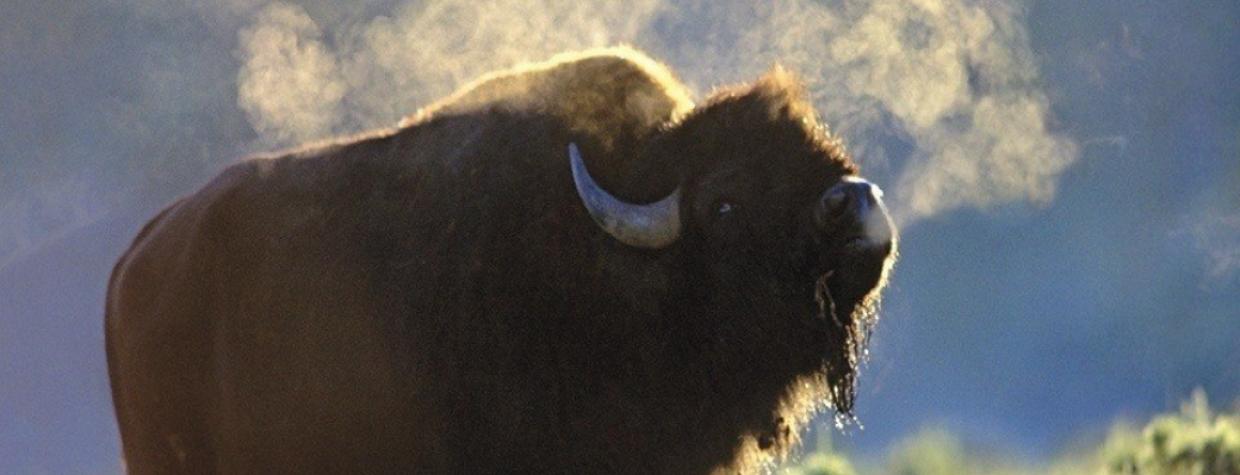It's a familiar story, but in case you were sleeping through history class: Buffalo once roamed all across the grasslands of North America, from northwestern Canada, along the western boundary of the Appalachian Mountains, and into Mexico. Today, they're much harder to find, especially in Arizona.
During the peak of their existence in the early- to mid-1800s, American bison, or buffalo, numbered more than 60 million across the continent. However, they were hunted to near extinction in the late 1800s. Now, they're mostly found in national parks and refuges.
In Arizona, two wildlife areas are home to bison: the Raymond Wildlife Area, east of Flagstaff, and the House Rock Wildlife Area, which is located on the Kaibab Plateau near the North Rim of the Grand Canyon.
As the largest land mammals in the state, and also North America, these gentle giants average between 60 and 78 inches in height, and weigh between 1,700 and 2,500 pounds. As you might expect, it takes a load of food to fuel that girth — American bison eat more than 30 pounds of grass per day.
Because of their intimidating size, adult bison have virtually no predators; however, young bison will sometimes fall prey to mountain lions. To guard against big-cat attacks, bison form large herds, which are usually dominated by a strong female. And, if prompted, they can take off running, reaching speeds of up to 35 mph for a run of a quarter-mile. They can also cover longer distances, but at slower speeds.
Although bison are primarily docile, they will charge if provoked, and their jump is something to be reckoned with, too — they've been known to jump 6-foot-high fences without making contact. So, find a place where the buffalo roam — but watch from a distance.

